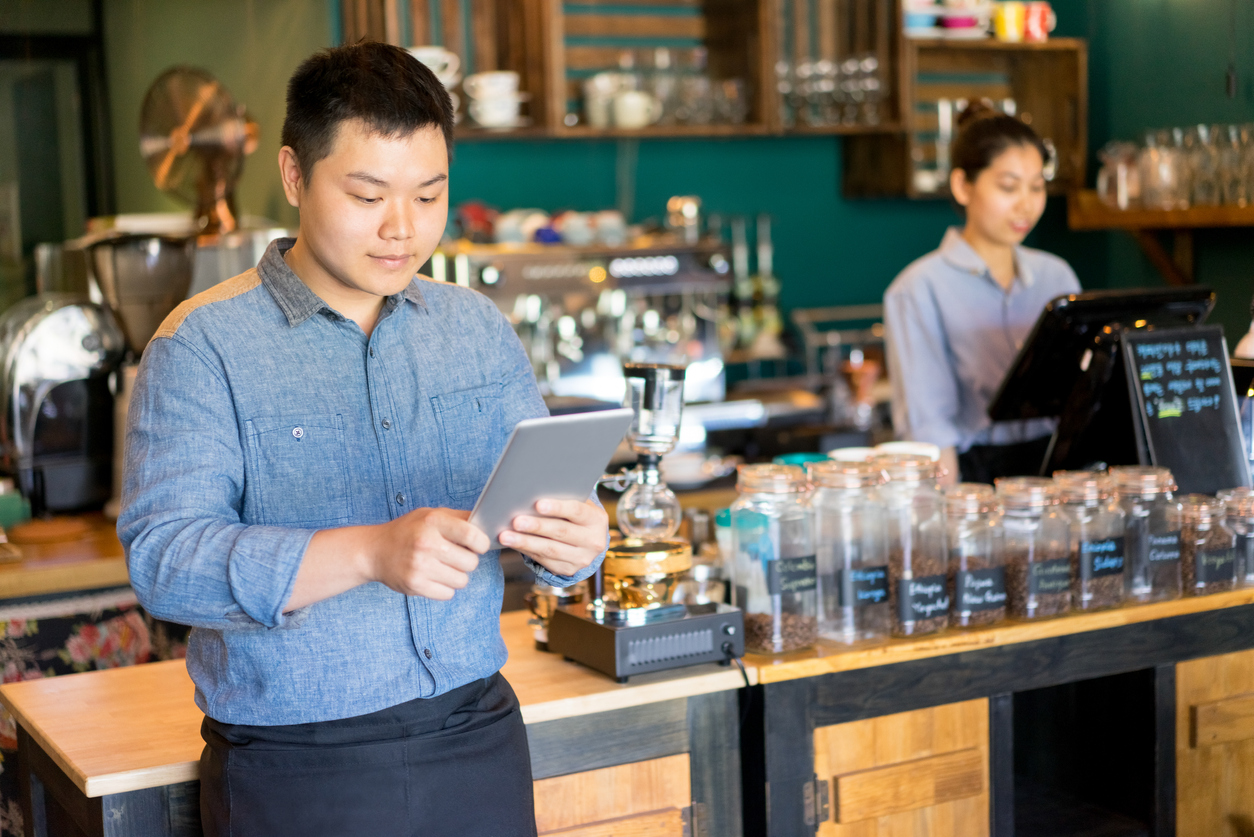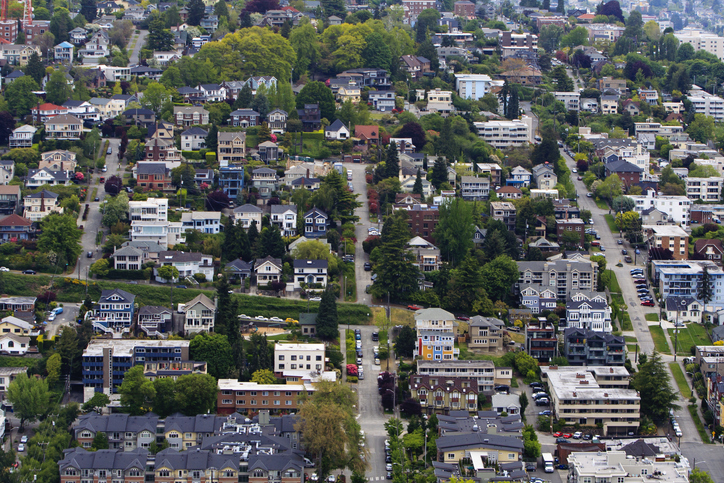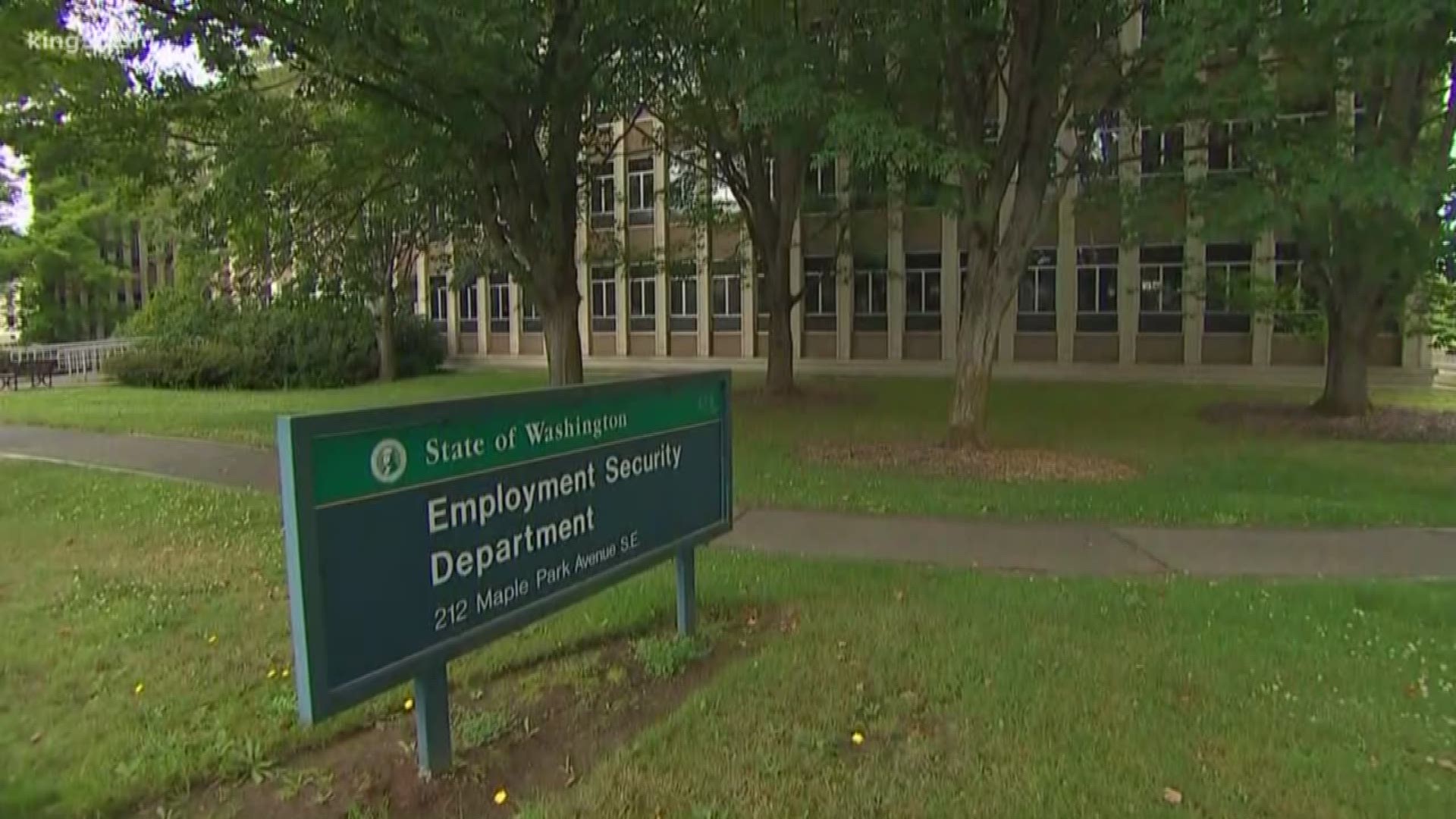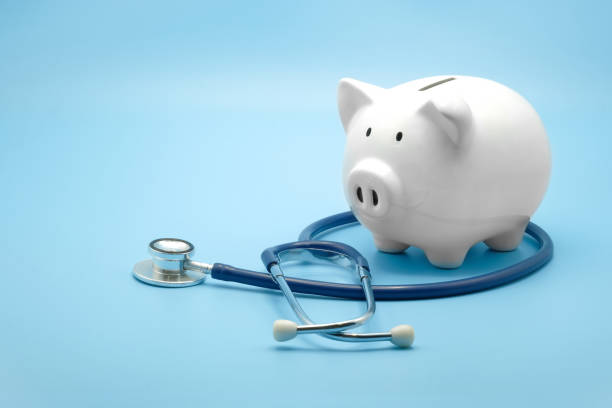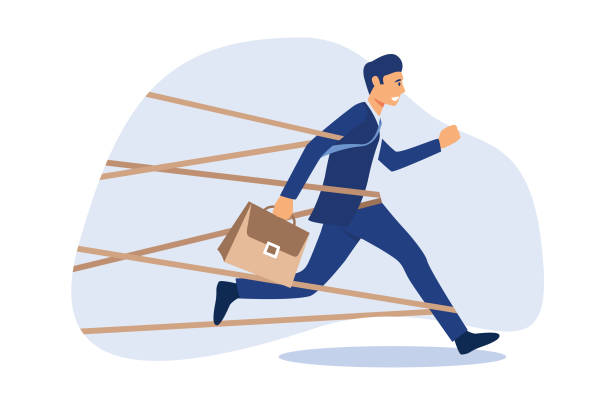Recently I met with a local restaurant owner and asked how the state mandated COVID-19 lockdown, the PPP loan program and the slow re-opening of the economy had affected their business.
The responses were insightful and not always as expected.
In March, when the state mandated the closure of restaurants (along with many other businesses), the immediate effect was obvious. A complete loss of revenue income from sales and mounting expenses primarily from lease payments, employee expenses and spoiled food clean-up.
For many restaurants, the profit margin is razor thin. On food, it can be as low as 2-3%. For restaurants that also have alcohol sales, the profit is higher. Combining alcohol and food sales make a restaurant profitable. This is one of the reasons that many restaurants opted not to offer food pickup service during the first few weeks of the shutdown. Many restaurants waited until additional guidance was issued from the state so they knew how pickup service would be regulated and if they could make a profit. For some restaurants, they could only consider pickup service an option when the state relaxed liquor laws allowing them to offer take out, alcoholic drinks with food orders.
For our restaurant owner, this is case. While it opened after being shut initially for 3-4 weeks, the restaurant was able to at least break even most of the time with a takeout service. This was possible only with the help of a federal PPP loan offered as help to small businesses as part of the Cares Act passed by congress.
The PPP loan enabled the business to keep its doors open once the state lifted some of the lockdown restrictions. The restaurant employs over 20 people as wait staff and kitchen workers. Without the PPP loan, there was insufficient customer traffic to cover the costs of opening the restaurant. The restaurant has fixed costs, even when closed, including lease payments, electricity for refrigerators, heaters, and other items in the restaurant.
At 50% capacity, the restaurant is still struggling and needs to stay close to 50% occupancy most of the time to be fiscally viable.
The restaurant owner is willing to dip into savings to cover short term losses, but at some point, that money will run out. What is critical for the survival of the business is knowing when the restrictions will be lifted so the financial impact can be fully assessed.
Many business owners are willing to take the risk keeping the doors open and people employed if they have certainty in the market and know when they can fully re-open.
Certainty in the market is critical for business planning. Recent COVID-19 trends indicate that the worst of the virus may now be behind us. Now is the time to lay out a re-opening schedule for businesses that may be on the verge of bankruptcy, can plan for and survive the crisis.
Without this schedule certainty, we are going to see, unfortunately, some familiar names in the list of businesses that closed because of the prolonged, state mandated, lockdown.
The current approach the state is taking to perpetually extend the lockdown, based on fuzzy math and dashboards disconnected from the data, does not help a restaurant owner plan for the future.
The fix for this situation is simple. With COVID-19 clearly in decline, the state should be laying out a timeline for businesses to make plans again and let business re-open fully, as soon as possible.

